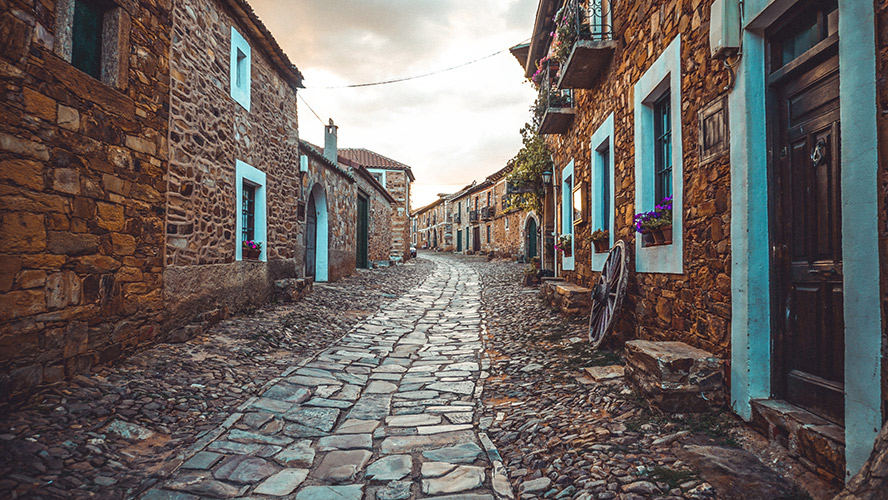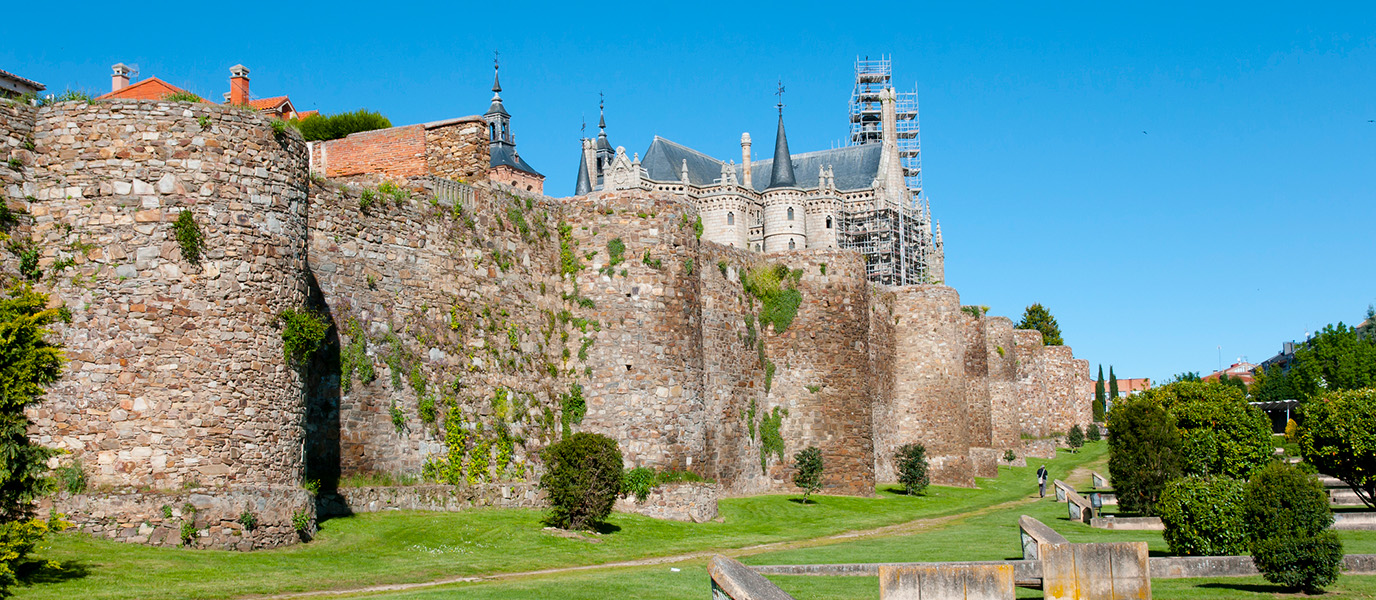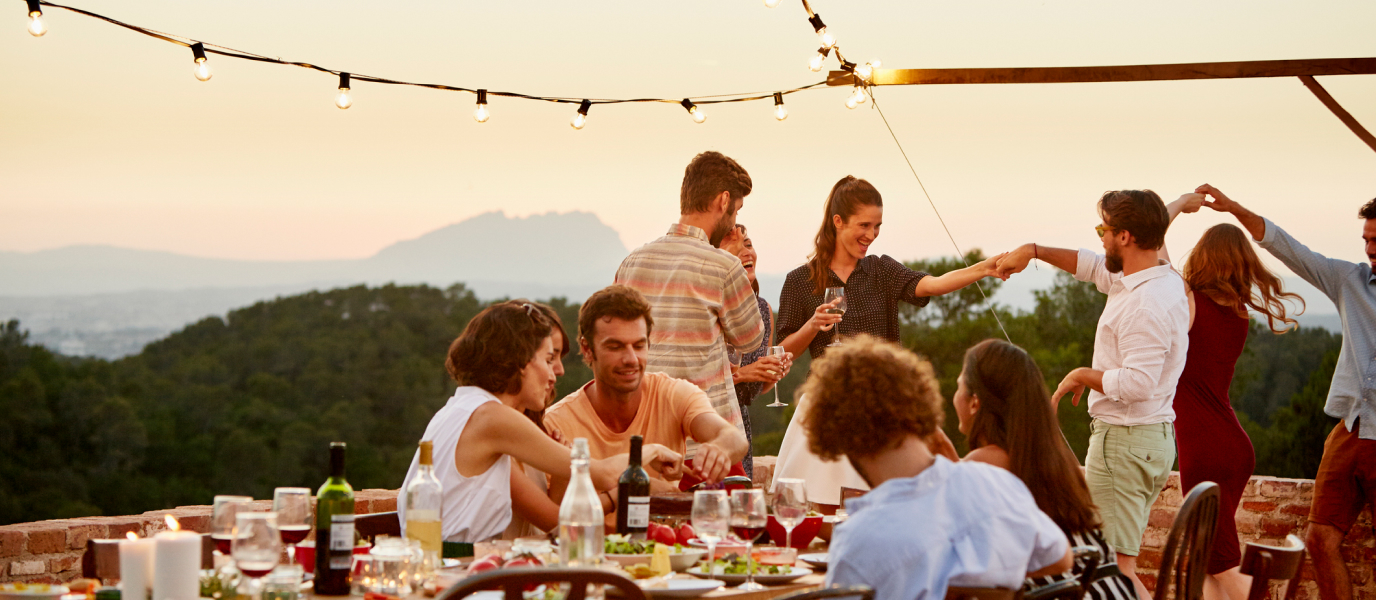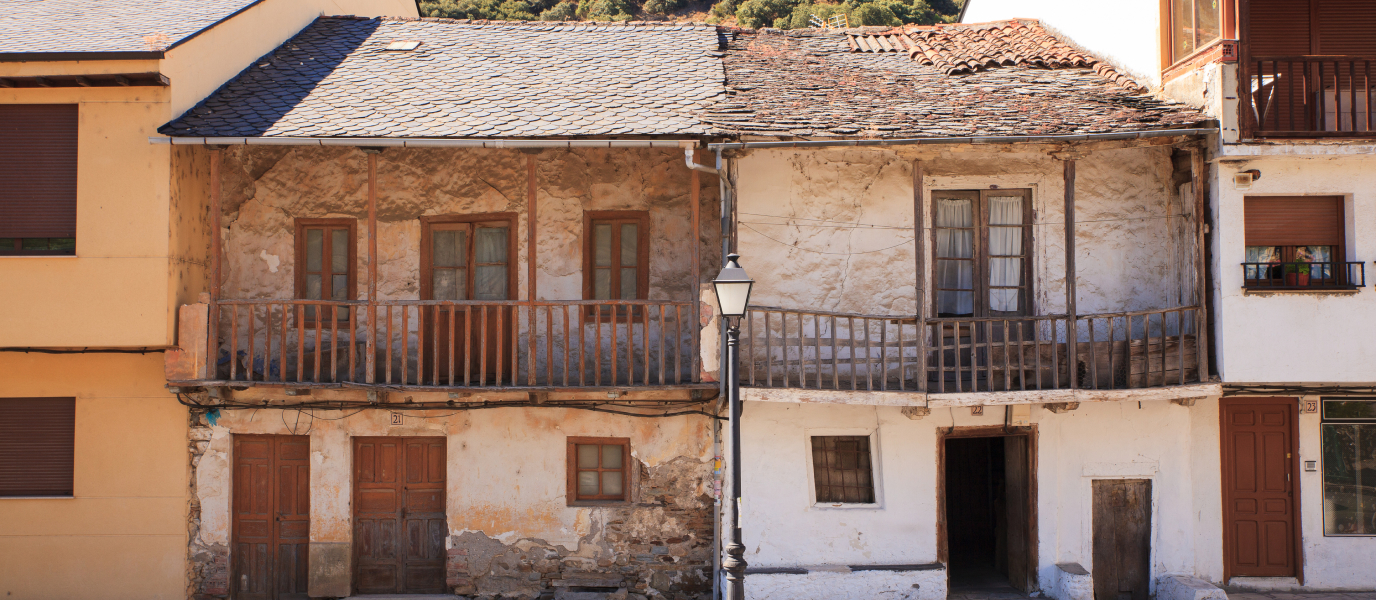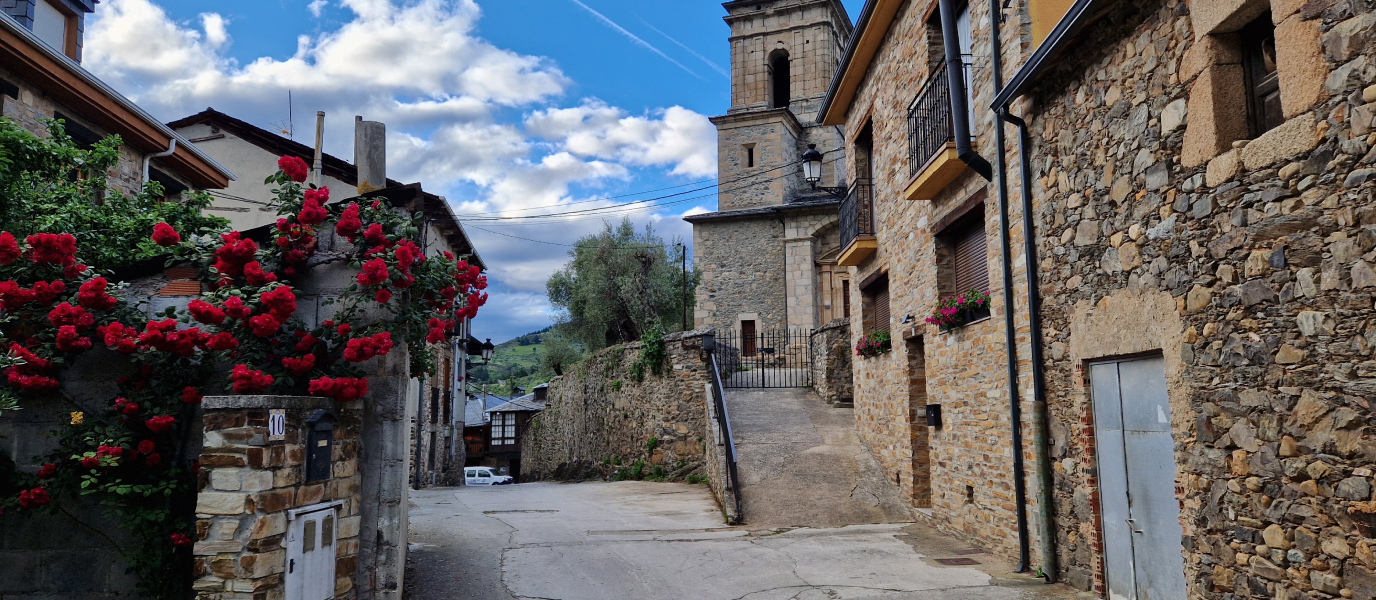Astorga is a Roman city right down to its name, conferred by the Emperor Octavian Augustus. Ever since, the capital of what is known as the Maragatería [a historic region in the south west of the province of León] has been a crossroads, used by the Romans, pilgrims to Santiago de Compostela and pioneers seeking a better future in Astorga.
Nowadays, the city is a perfect blend of old and modern art, as is evident from its open-air mural art exhibition. During your visit, keep your eyes peeled so that you don’t miss anything.
Astorga Cathedral
Standing close to the Roman city wall, the building was originally a Gothic design, but then developed along Renaissance, Baroque and Neoclassical lines as it was rebuilt and extended. The reason is that the building took three centuries to complete — it is generally described as Late Gothic.
The church, along with the rest of Astorga’s medieval history, is linked to the Camino de Santiago [Way of St James], and to the pilgrims who trod these stones on their way to Santiago de Compostela. This explains the presence of the figure of St James on the cathedral’s ornate Baroque façade, facing the pilgrims’ route, and blessing all those who pass. Nor is it the only symbol associated with St James.
One of the most striking aspects of the building is the different colours of its walls. But it has nothing to do with any mysterious message — simply the fact that the materials were brought from different quarries.
We shouldn’t leave the cathedral without taking a look at the figure of the Muleteer, right at the exit. Tradition tells us that he is a typical inhabitant of the Maragatería, but his purpose remains a mystery.
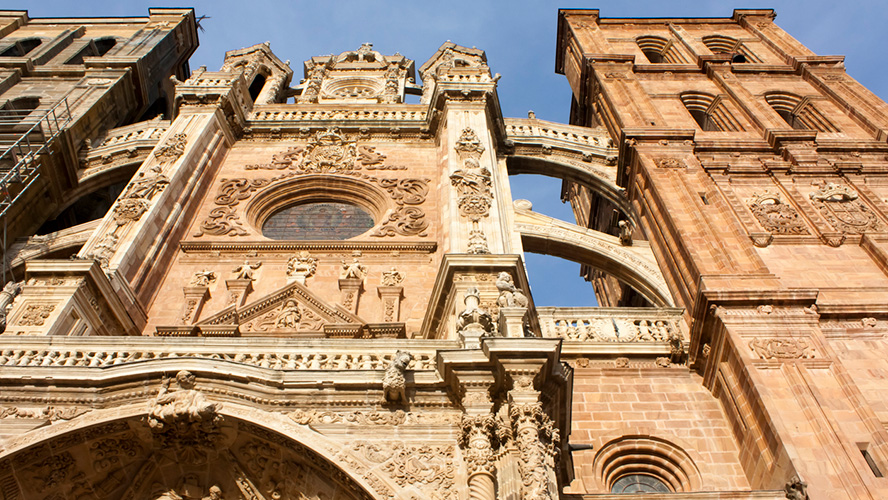
Plaza Mayor
As everywhere in Astorga, the past and present overlap, so it is easy to appreciate that the Plaza Mayor [Main Square] was built on the site of the ancient Roman forum, fragments of which are still visible.
This seventeenth-century square is home to the Town Hall, built in the same century and considered one of the most important examples of civil Baroque architecture in the region. It is easily recognised, thanks to its twin towers and its clock, on which the hour is struck by Juan Zacunda and Colasa, a pair of Magaratos decked out in the typical costume of the region.
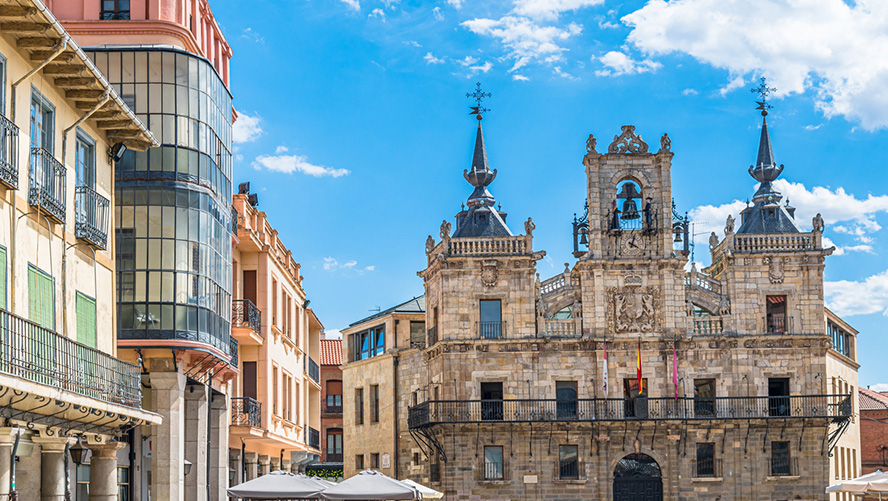
Palacio de Gaudí
Astorga’s Episcopal Palace, or the Palacio de Gaudí, is one of the municipality’s most fascinating buildings. The genius of Catalan Modernism drew upon Gothic influences to build at this crossroads a complex that pays homage to the Cathedral of Astorga. Once again, it is a blend of old and new art, but it looks more like a European palace than an Episcopal building in the heart of León.
Antonio Gaudí was brought to Astorga by the bishop, who was from Reus, and who convinced the architect that he should employ his artistic talents beyond Catalonia. He only created one other dwelling in León: Casa Botines (the other is El Capricho in Comillas, Cantabria).
A child could easily imagine this Episcopal Palace as a gigantic Playmobil castle, and it now houses the Museo de los Caminos, an exhibition well worth seeing.
Just a few metres away is Casa Granell, built by the architect Antonio Palacios (who also designed Madrid’s Town Hall), and its tower is an important symbol for visitors to Astorga.
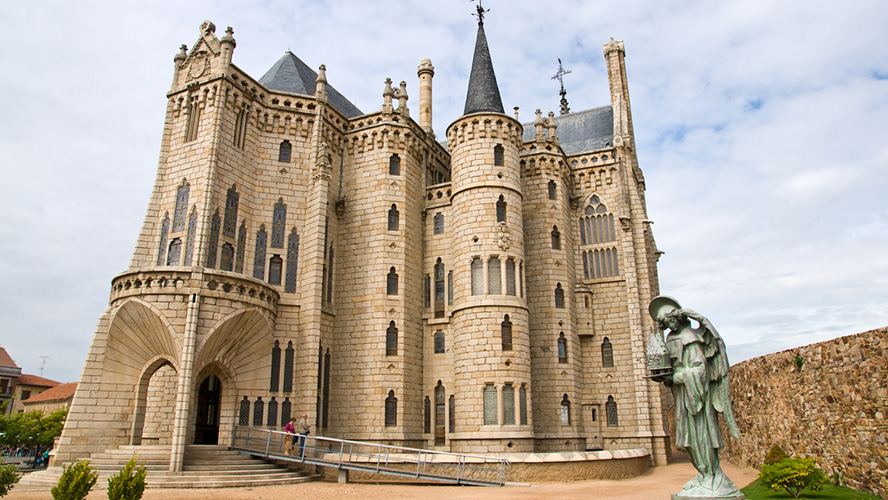
Chocolate Museum
The Chocolate Museum is one of Astorga’s most popular attractions, especially with families and those with a sweet tooth. It opened in 1994, and attempts to trace the history of how cacao became a favourite food across most of the world.
Many people are surprised to find a museum like this in this part of León, but the museum actually recalls Astorga families who took over the manufacture of chocolate during the twentieth century, and became official suppliers to the Royal Family. In fact, the Granell family, after whom the house with the iconic tower is named, was one of the families that controlled the chocolate industry.
The museum has a shop with a fabulous assortment of chocolates.
Roman Museum
Astorga’s Roman Museum is housed in ‘La Ergástula’, a half-buried, domed building that would have been part of the forum in the ancient Roman city, and which has been fully restored. The museum’s display brings together all the discoveries from the Roman period that have been collected from various archaeological digs in Astorga. The most outstanding exhibits include paintings in the Pompeiian style, inscribed metal plates, coins, carvings, ceramics and more, as well as objects that show the importance of the city known as Asturica Augusta in the time of the Roman Empire.
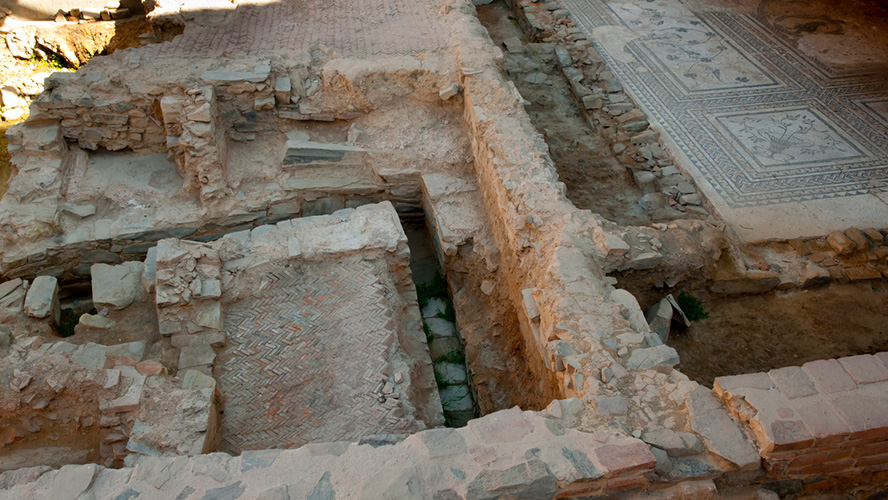
Urban Art Trail
Its street art has put Astorga on the map of cities that promote outdoor urban art. What started as a small initiative has grown to become a special trail dedicated to the traditions and history of this city that is so attractive to tourists. The quality of the murals has ensured that this trail has become one of the city’s not-to-be-missed attractions.
Where to eat in Astorga
In Astorga, we can find plenty of establishments serving a substantial menu that may well include the famous maragato stew, one of the region’s typical dishes.
Many of the restaurants where you can try this particular dish are to be found in the area around the Plaza del Ayuntamiento, a favourite with fans of bars and tapas at the weekend. Some of the most popular are El Cubasol, La Mansión and La Barrica. In Astorga, never forget to order dessert – and if it contains chocolate, even better.
What to see in the surrounding area
Captivating towns and villages in neighbouring comarcas: Castrillo de los Polvazares, Val de San Lorenzo, Turienzo de los Caballeros, Rabanal del Camino, Hospital de Órbigo, Tabuyo del Monte, Foncebadón, among others.
